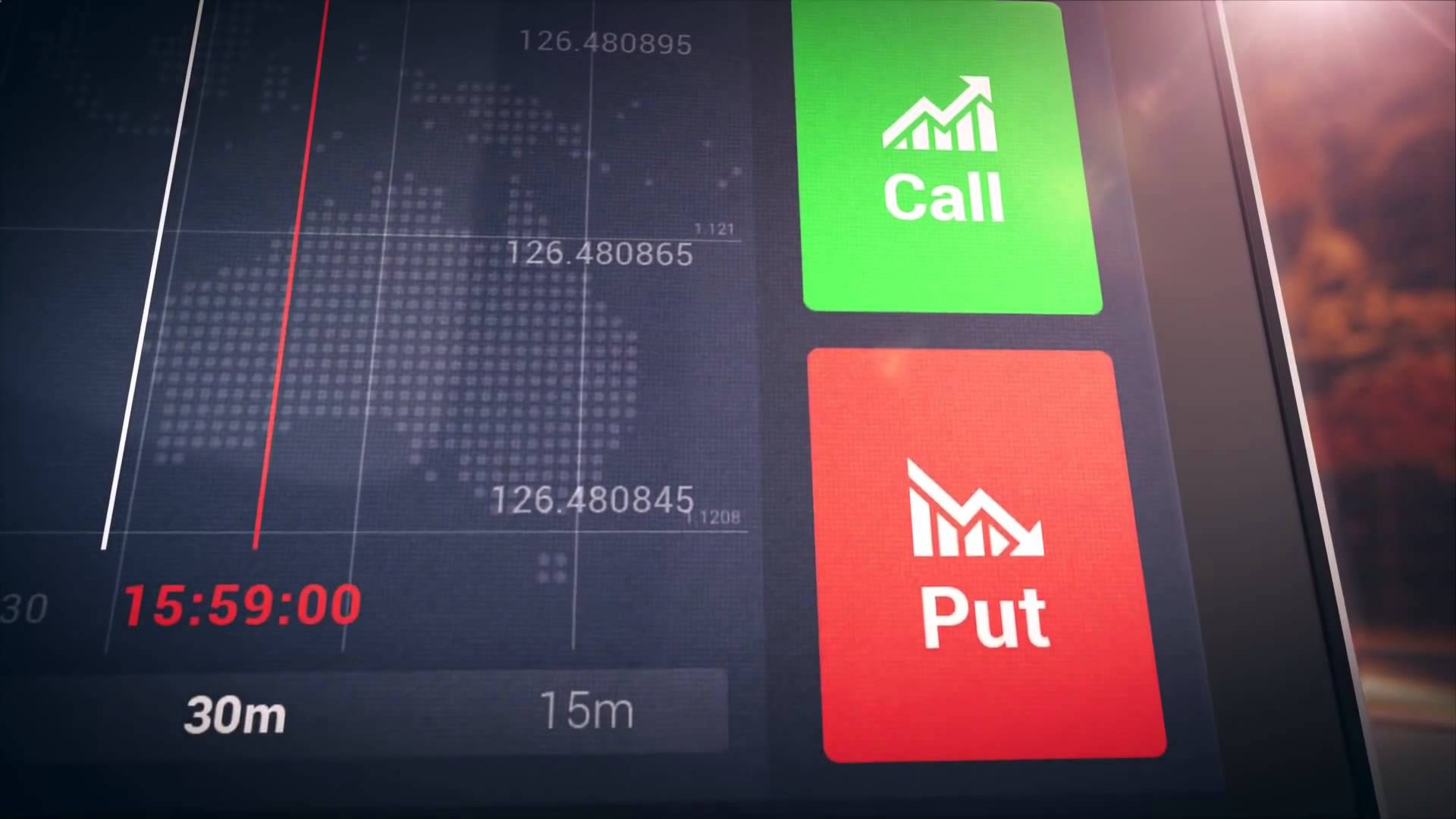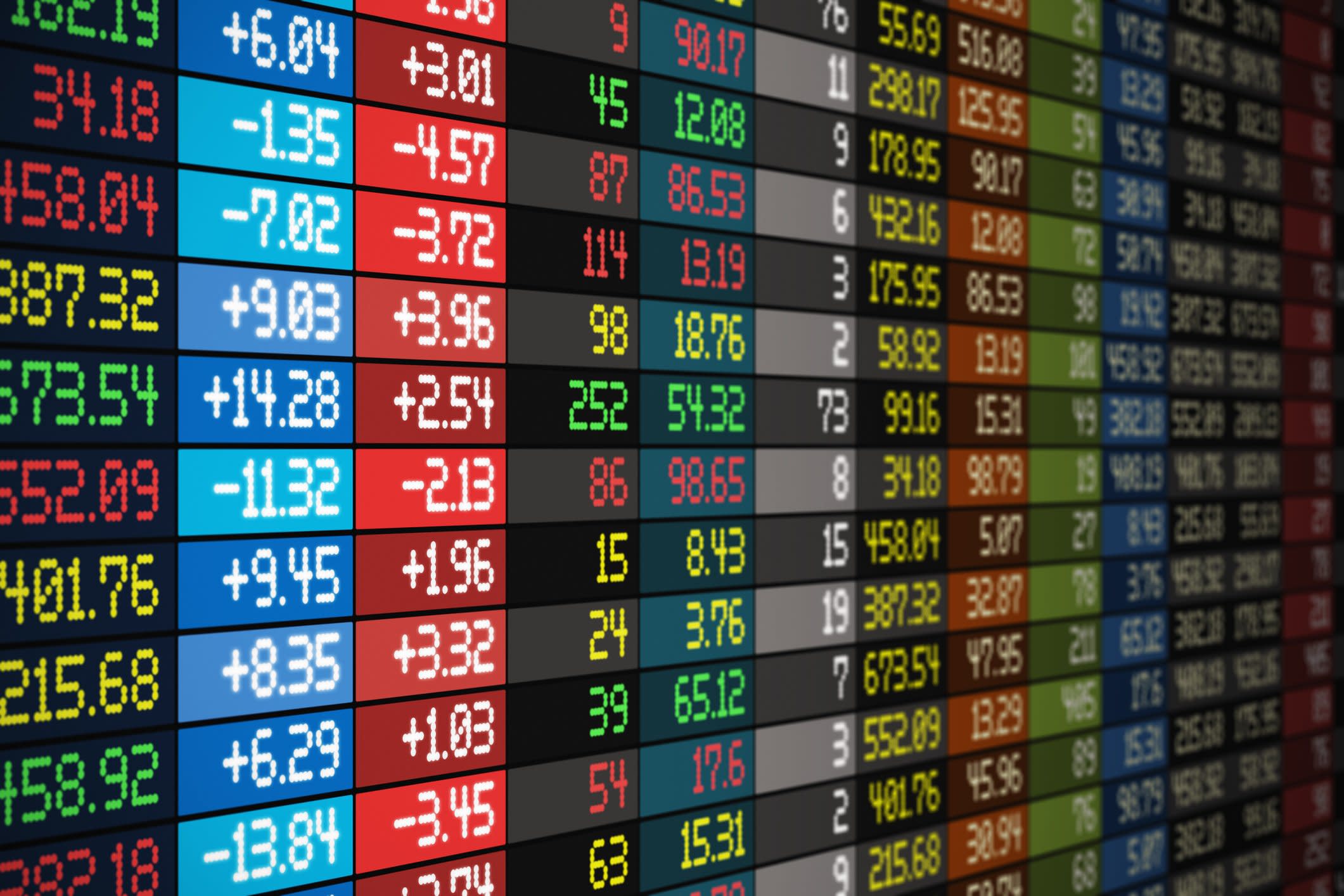Introduction:

Image: seekingalpha.com
In the realm of financial markets, where fortunes are made and lost in a matter of seconds, time holds immense power. Nowhere is this more apparent than in the world of options trading, where every tick of the clock represents a potential shift in value. Understanding how time affects options prices is crucial for all traders who seek to capitalize on the nuances of this dynamic market.
The Impact of Time on Options Value:
Options, by nature, have a limited lifespan. They come with an expiration date, after which they become worthless. As the expiration date approaches, the value of the option decays gradually. This phenomenon, known as time decay, is caused by the dwindling time remaining for the option to achieve its intended purpose. The rate of time decay accelerates as the expiration date draws near, making it a significant factor to consider when trading options.
Types of Options and their Time Profile:
Options come in two primary types: calls and puts. Call options give the holder the right to buy an underlying asset at a predetermined price, known as the strike price. Put options, on the other hand, provide the right to sell the underlying asset at the strike price.
The time profile of an option varies depending on whether it is in the money (ITM), at the money (ATM), or out of the money (OTM). ITM options are likely to lose value as they approach expiration due to lower volatility and a reduced chance of profiting from the remaining price movement. ATM options typically experience moderate time decay, while OTM options tend to lose value rapidly, especially near expiration.
Strategies for Mitigating Time Decay:
Understanding the impact of time decay is essential, but traders can also implement strategies to mitigate its effects and potentially enhance their returns. One strategy is to select an expiration date that provides sufficient time for the underlying asset to move in the desired direction. Longer expirations allow for more significant price fluctuations and reduce the rate of time decay.
Another strategy involves choosing options with a higher delta. Delta measures an option’s sensitivity to the underlying asset’s price. Options with a higher delta experience more significant price movements in response to changes in the underlying asset’s value, potentially offsetting some of the loss due to time decay.
Factors Influencing Time Decay:
Several factors influence the rate of time decay, including the underlying asset’s volatility, the strike price, the time to expiration, and the current market conditions.
Volatility is an essential consideration. Highly volatile assets tend to have options that experience rapid time decay, making it challenging for traders to hold positions for extended periods. The higher the strike price, the higher the time decay for OTM options as they have less intrinsic value and rely heavily on price appreciation.
Time to expiration plays a crucial role. Options with shorter durations experience more aggressive time decay than those with longer terms. Market conditions, particularly interest rates, can also impact time decay. Lower interest rates typically slow time decay, while higher rates can accelerate it.
Conclusion:
Trading options time requires an intricate understanding of its impact on option values. By recognizing time decay, selecting appropriate expiration dates, employing strategies to mitigate its effects, and monitoring the factors that influence it, traders can enhance their profitability and navigate the dynamic world of options trading with greater confidence. Mastering time, like any skill, requires practice and an informed approach.

Image: www.mjsccollins.com
Trading Options Time

Image: finance.yahoo.com






